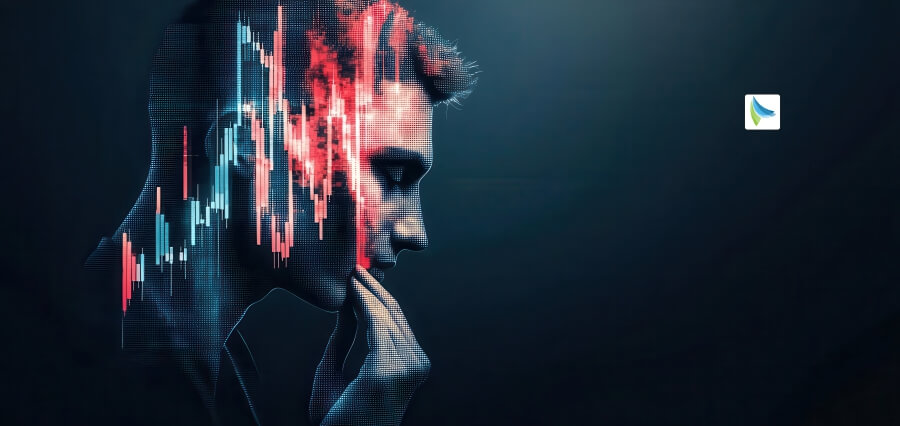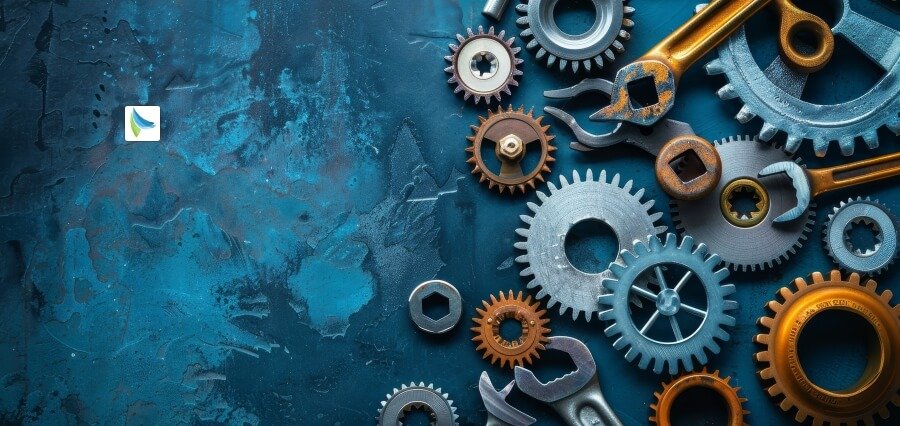Artificial Intelligence changes the face of modern business and brings about adjustments in Human Resources management, workforce dynamics, and leadership roles definition. The leaders and professionals working in HR are among the primary drivers of this transformation; they use AI to optimize talent acquisition, operations, and learning cultures. This paper reviews how AI changes the way HR is led and how people work. This includes key areas of influence and what considerations are most critical to effective implementation.
Talent Acquisition and Management
AI has changed the recruitment game. It automates candidate sourcing, screening, and selection with advanced algorithms that look for vast datasets and find potential candidates who fit the specific needs of an organization, reducing time-to-hire and unconscious biases. For example, with an official AI-powered recruitment platform capable of filtering resume databases, conducting thorough analysis of social media profiles, and even making initial assessments, HR professionals may set aside focused efforts for strategic decision-making. It allows predictive analytics in talent management to help HR leaders predict workforce trends, identify gaps in skills, and develop relevant development programs. Analyzing employee performance data helps AI predict the future high performers and informs succession planning to ensure organizational resilience.
Streamlining HR Operations
Administrative efficiency is a critical aspect of HR management, and AI contributes significantly by automating routine tasks. For example, chatbots process questions from employees about policies, benefits, and procedures, providing quick responses and enabling the HR department to focus on more complex roles. AI also facilitates payroll processing, tracking attendance, and reporting compliance errors less frequently. Response time is faster, and the system becomes more efficient and error-free. The above process also increases productivity and, more importantly, by utilizing resources towards meaningful work, the HR leader will be able to focus better on doing that.
Continuous Learning Culture
In this changing world where the skill requirements change at a rapid pace, the continuous learning culture is very critical. AI complements the personalized learning paths by analyzing the data of the individual employees and recommending tailored training programs. These intelligent systems analyze the present competency, highlight deficiencies, and suggest courses or learning materials that encourage professional development and increase job satisfaction. More importantly, AI helps in building adaptive learning platforms with content presentations updated based on the interactions of the learners for better engagement and knowledge acquisition. HR leaders can form an agile and effective workforce by investing in AI-based learning and development.
Diversity and Inclusion
Artificial intelligence has all the tools for the improvement of diversity and inclusion in an organization. This occurs through the anonymization of candidate information during the recruitment process, which reduces gender, ethnicity, or age biases, and more fair evaluation of candidates based on qualifications and experience. AI can also watch the workplace interactions and communications and identify areas of possible exclusivity before it gets too late. For example, tools in sentiment analysis will help in recognizing patterns that could flag discrimination or harassment. This implies that HR leaders will have the time to address it appropriately and ensure the workplace remains respectful.
Challenges and Ethical Issues
While AI brings in a lot of benefits, it throws up several challenges and ethical dilemmas over the proper use of such technologies. The principal challenge is data privacy in the sense that most AI systems require access to personal information about employees. Organizations must establish robust data governance frameworks to ensure confidentiality and regulatory compliance. Additionally, the risk of algorithmic bias necessitates continuous auditing and monitoring of AI systems to ensure that they are not perpetuating unintended discrimination. Transparency in decision-making processes on AI is key to maintaining employees’ trust and acceptance. HR leaders have a pressing task about AI-driven employability and impacts in jobs-loss via reskilling and upskilling.
The Evolvement of Role of the HR Leader
HR role has to undergo dramatic evolution with increased usage of AI and transforms an administration oversight function to being more of partnership functions with its involvement. The human resources professional is being asked to take on new responsibilities that ensure the use of AI serves to transform the organization in line with its values and goals. In this respect, HR professionals must develop skills in data analysis, technology management, and leading change. By assuming these new responsibilities, HR leaders become agents of change and are able to enhance experience while striving for sustainable organizations.
Conclusion
Artificial intelligence is thus making a difference within HR and the workers by offering methods of efficiency that enhance employee developments and inclusion. If well-designed and implemented thoughtfully into practice in HR, human-centricity approach and addressing concerns of ethics shall unlock and enhance AI potential. HR leaders have to be agile as the landscape changes and need to continuously learn and update their competencies and tactics in this complexity of the AI-driven transformation. Proactive leadership and responsible adoption of AI are going to position HR in influencing the future of work.


















